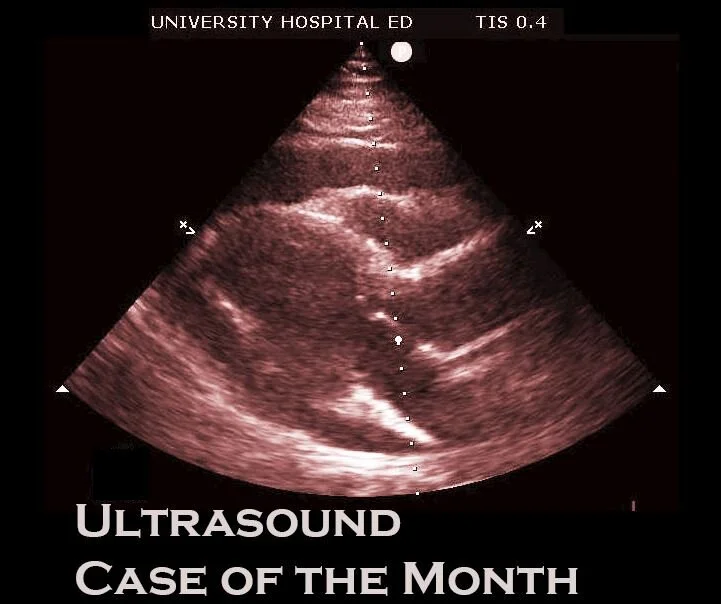Grand Rounds Recap 04.14.21
/This week’s Grand Rounds was jam-packed with great morsels for all! Dr. Finney kicked us off with a discussion on orbital infections, Dr. Frederick discussed the nuances of dynamic EKG changes in the ED and consultation etiquette in her R3 Taming the SRU lecture, Dr. Iparraguirre discussed pearls of wisdom for his R4 Capstone, Dr. Kein expertly discussed the literature behind the most commonly used medications for agitation in the ED, Drs. Mullen and Ham battled head-to-head in a CPC case highlighting ethylene glycol toxicity, Dr. LaFollette presented a rare case of metformin-associated lactic acidosis, and lastly Dr. Runkle wrapped the day up with pearls for rural PEM.
Read More














